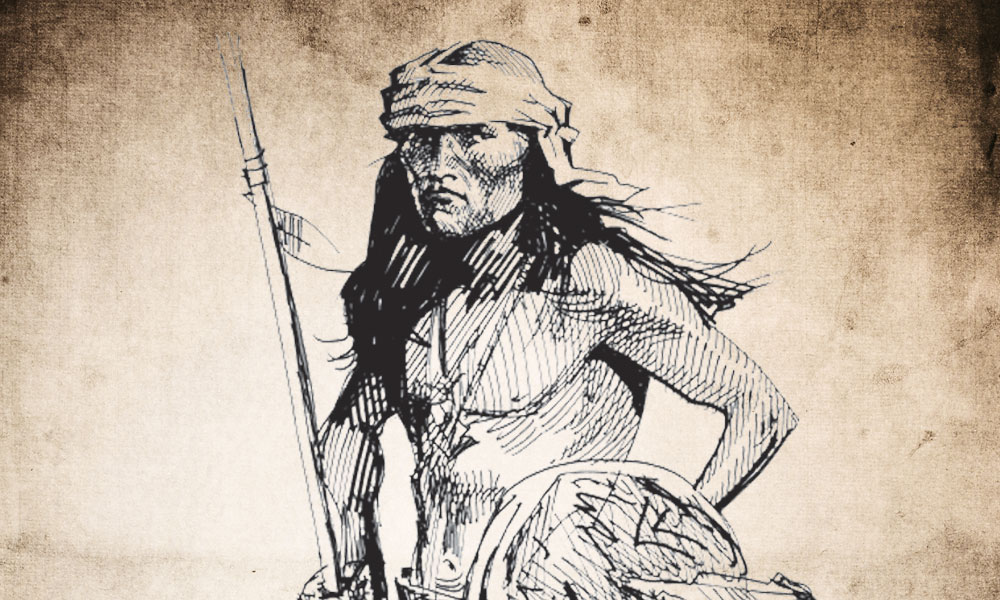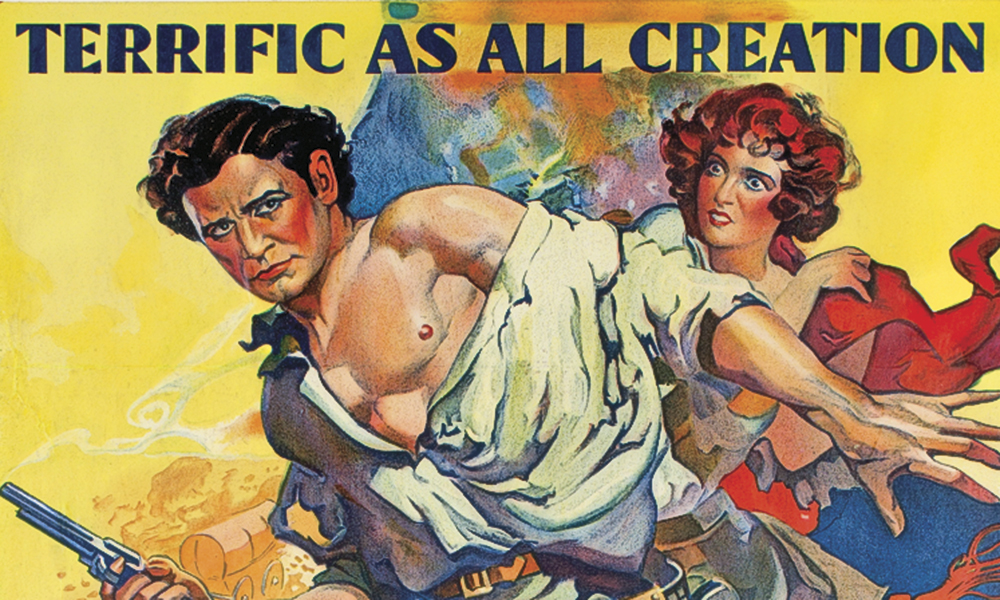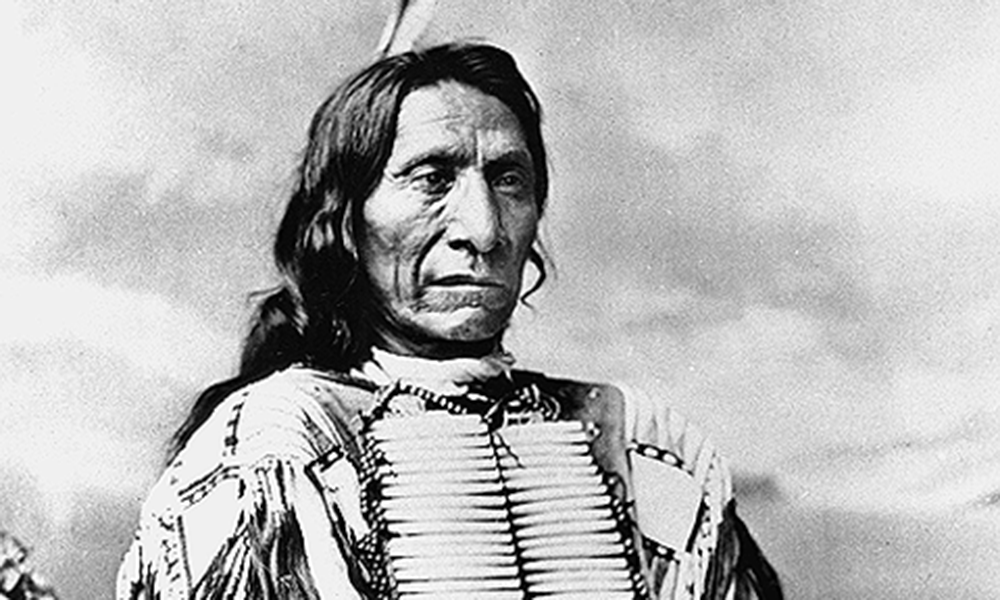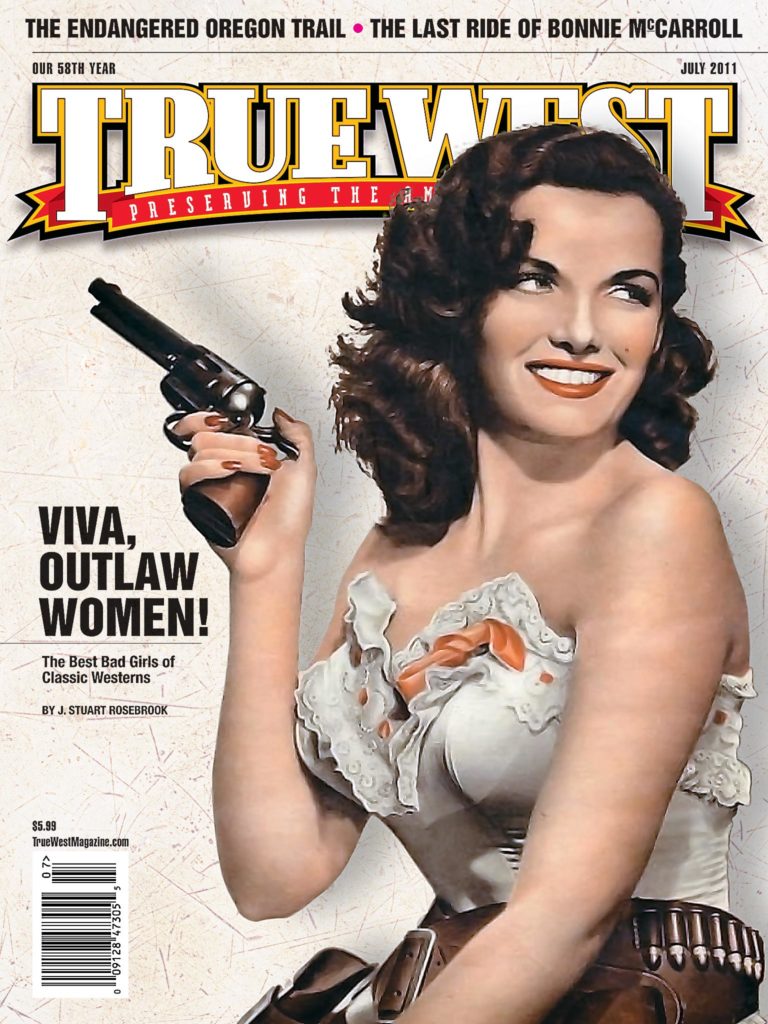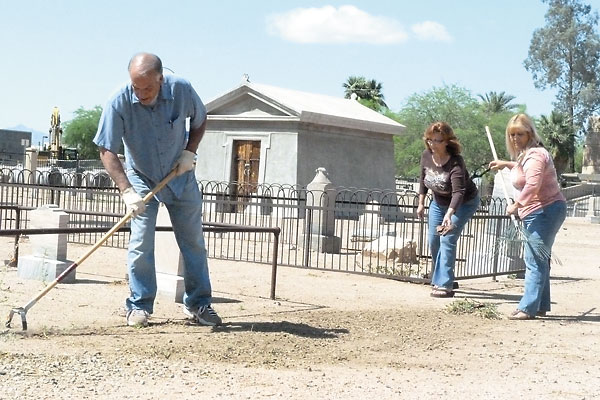 It just didn’t seem right that a tombstone was propped up in front of an antique store in Mayer, Arizona.
It just didn’t seem right that a tombstone was propped up in front of an antique store in Mayer, Arizona.
That’s what a casual shopper felt, getting more uneasy when she saw that it was engraved with the 1857 birth and 1909 death of one M.J. Brady.
Most people would have clucked or sighed or thought, “What a shame,” and gone on, but this woman knew where she could turn to for help. She called the Pioneers’ Cemetery Association in Phoenix.
The group, which first began in 1938, is dedicated to protecting the physical remains of Arizona pioneers and restoring forgotten cemeteries.
It turns out M.J. Brady was buried in a cemetery that now sits in the middle of downtown Phoenix—an 11-acre site at 13th Avenue and Jefferson that includes seven individual cemeteries and became the official Phoenix cemetery in 1884. Why Brady’s tombstone ended up miles away in Mayer, nobody knew. But the group wanted to put the tombstone back at Brady’s plot.
“At first it wasn’t for sale,” remembers association president Sterling Foster. “Then he wanted $500. Some board members went up, and, with begging and pleading, they got it for $250.” Not until they got the stone back to Phoenix did they realize it was really a double headstone—on the back was the birth and death information for Joe Brady, likely M.J.’s 18-year-old son.
“It makes you feel good when you can do something like this,” Foster says. “These cemeteries are our history…. These are the people who started Phoenix.” He adds, “It becomes even more important when someone rings our doorbell and says, ‘My great-great-grandfather is supposed to be buried here, do you know where he is,’ and you can take them to the grave. It’s very satisfying when you can connect families.”
Foster stumbled upon this venerable organization about 15 years ago, when he noticed an abandoned cemetery next to a convenience store in east Phoenix. “It was in a terrible condition. I’m thinking, ‘Let’s get a shovel and a rake and clean this up—this is not good, this is nasty.’” When he took his wife, Denise, to help him clean up the place the next day, he found a group of people led by Frank Barrios, then the president of the cemetery association, already hard at work.
“Here were people who saw this and did something about it, and I thought, ‘I need to be one of these guys.’”
He found the work underway at the association absolutely astonishing. “There were two women who were tracing every death certificate issued in the state of Arizona from 1870 on,” he says. Marge West and the late Algona Winslow went through newspaper obituaries, mortuary records, church burial records, county and city records—anywhere they could find a record of someone who had died in Arizona Territory.
In Phoenix, territorial burials had taken place at the cemetery now known as the Pioneer & Military Memorial Park. Of the 3,500 people recorded to be buried here, only about 700 have headstones. These graves are also on top of an ancient Hohokam Village. “Every time we dig deeper than six inches, we need the city archaeologist,” Foster says.
Volunteers give tours of the Phoenix cemetery every Thursday, showing off some of the significant graves, including those of Phillip Darrell Duppa, who named both Phoenix and Tempe, Jacob Waltz, better known as the Lost Dutchman, and Buffalo Soldier Clarence Proctor.
“Whenever we have an open house, we have a couple hundred people coming out to walk the grounds and look at the graves,” Foster says. “We often hear, ‘We’re so glad you’re here because this is important,’ and we agree.”
These days the 70-member association is working with historical preservation offices throughout Arizona to document every burial site in the entire state, from large cemeteries to individual plots, to commemorate Arizona’s centennial on February 14, 2012.
It’s all about history, about dignity, about respect.


